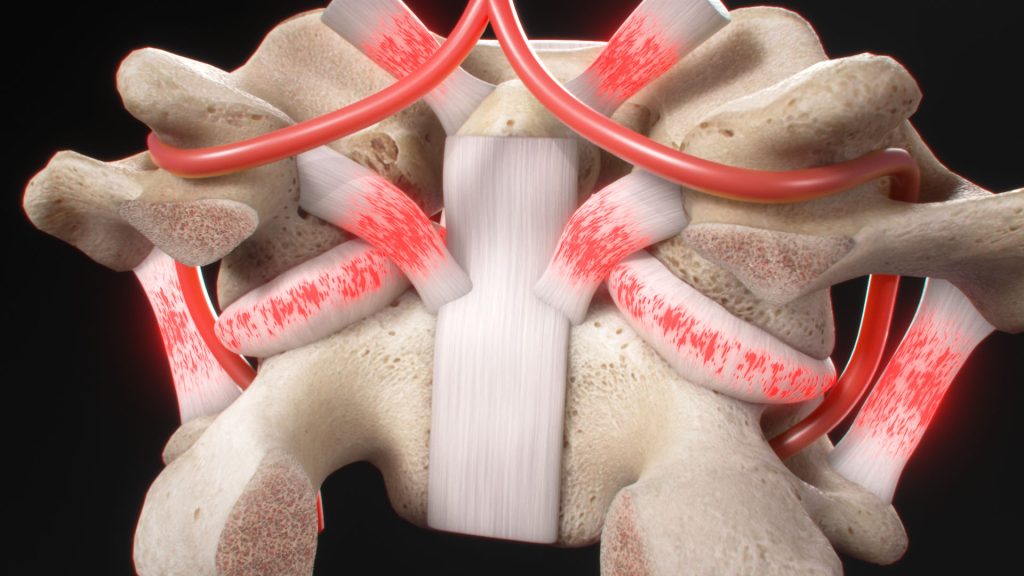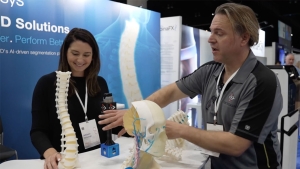
Description
This Medical illustration, created by Ghost Medical for Spinal Kinetics, unveils the intricate consequences of severe angular injury to the spine and the subsequent damage to spinal support ligaments. This blog aims to shed light on the significance of these ligaments, their role in maintaining spinal stability, and the implications of their damage on nerve function. So, let’s delve into this remarkable illustration and unravel the hidden truths it holds.
The Spine’s Angular Motion
The human spine is a remarkable structure, enabling us to move, bend, and perform a range of activities. However, there are limits to the extent of angular motion that the spine can safely accommodate. When these limits are exceeded due to external forces, severe damage can occur. Ghost Medical’s illustration vividly displays the consequences of such excessive angulation, showcasing the detrimental effects on the spinal support ligaments and adjacent nerves.
The Role of Spinal Support Ligaments
Spinal support ligaments are vital structures that contribute to the stability and functionality of the spine. They provide support and limit excessive motion between vertebrae, ensuring the spine maintains its structural integrity. When these ligaments are damaged, the consequences can be far-reaching. Ghost Medical’s illustration depicts the swelling of these damaged ligaments into the nerves, resulting in a cascade of debilitating symptoms.

The Impact of Ligament Damage on Nerve Function
The nerve compression caused by the swelling of damaged spinal support ligaments is a crucial aspect depicted in the illustration. This compression occurs when the ligaments swell into the nerve space, impeding their normal function. The compression can lead to various symptoms, depending on the affected area of the spine. Nerve impingement can cause pain, numbness, tingling, muscle weakness, and a myriad of other distressing sensations.
The Relationship Between Disc Herniation and Ligament Damage
While ligament damage can occur independently, Ghost Medical’s illustration emphasizes the complications that arise when combined with disc herniation. The image demonstrates excessive translation and significant damage to non-disc spinal support ligaments, further exacerbating the effects on nerve function. Interestingly, the illustration highlights that severe damage to the spinal support ligaments is more commonly associated with disc herniation, underlining the importance of comprehensive testing.
Conclusion
Ghost Medical’s powerful medical illustration provides a profound insight into the consequences of severe angular injury to the spine and the subsequent damage to spinal support ligaments. It underscores the vital role these ligaments play in maintaining spinal stability and illuminates the devastating impact of their damage on nerve function. By understanding the complexities depicted in this illustration, healthcare professionals can better diagnose, treat, and manage these injuries, ultimately improving patient outcomes and quality of life.












